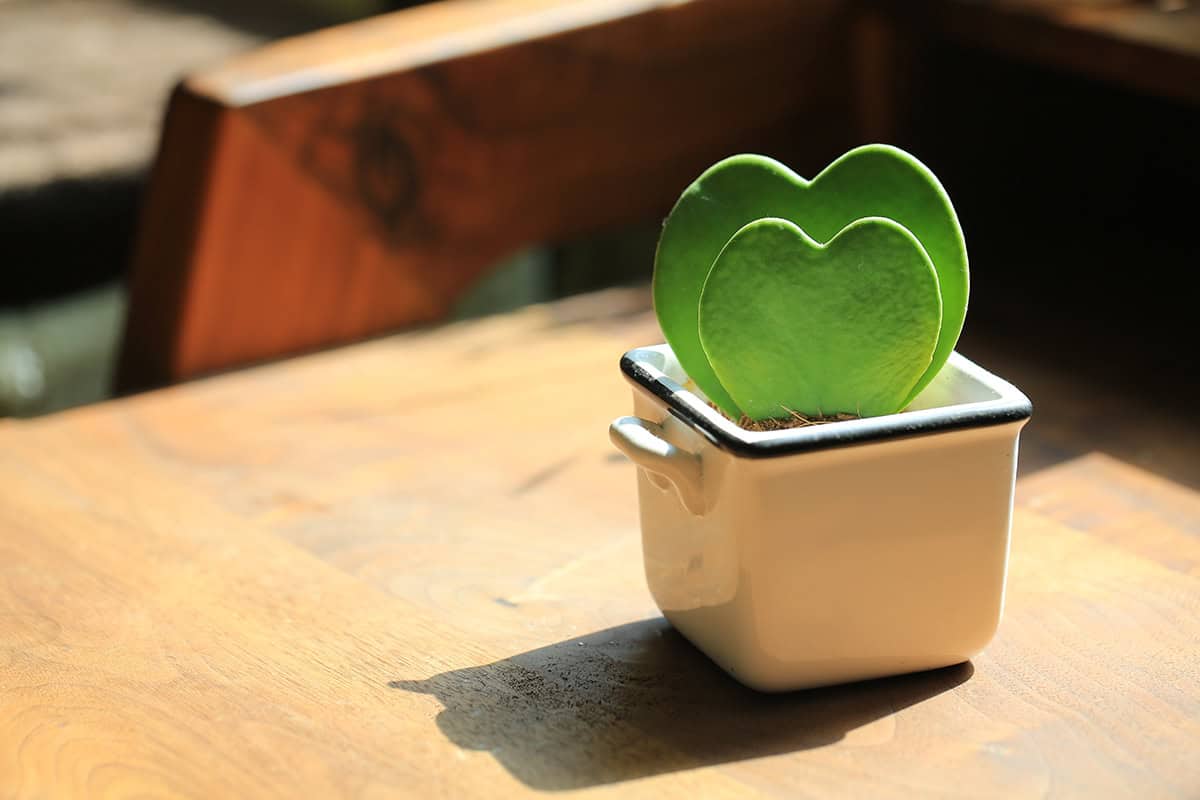You walk into your living room and notice the same old houseplants that everyone seems to have. What if your space could feature something truly unique and eye-catching? Unusual houseplants can add a touch of the extraordinary to your home. Explore a variety of rare and intriguing houseplants that will make your indoor garden stand out.
Table of Contents
- Unusual Houseplants
- String of Pearls
- Zebra Plant
- Living Stones
- Dolphin Succulent
- Bat Flower
- Rattlesnake Plant
- Corpse Flower
- Bunny Ear Cactus
- Hoya Kerrii
- Watermelon Peperomia
- Staghorn Fern
- Polka Dot Plant
- Fishbone Cactus
- Oxalis Triangularis
- Sensitive Plant
- Himalayan Blue Poppy
- Pitcher Plant
- Venus Flytrap
- Dragon Tree
- Bird’s Nest Fern
- Pencil Cactus
- Elephant Ear Plant
Unusual Houseplants
When you’re looking to diversify your indoor plant collection, unusual houseplants can be a fascinating choice. They bring variety, rare beauty, and intriguing forms into your home. These plants are not your everyday green foliage; they stand out with distinctive features and peculiar growth habits.
String of Pearls

String of Pearls, with its bead-like leaves, mimics a necklace. It thrives in bright light and adds an ornate touch to your space.
Zebra Plant
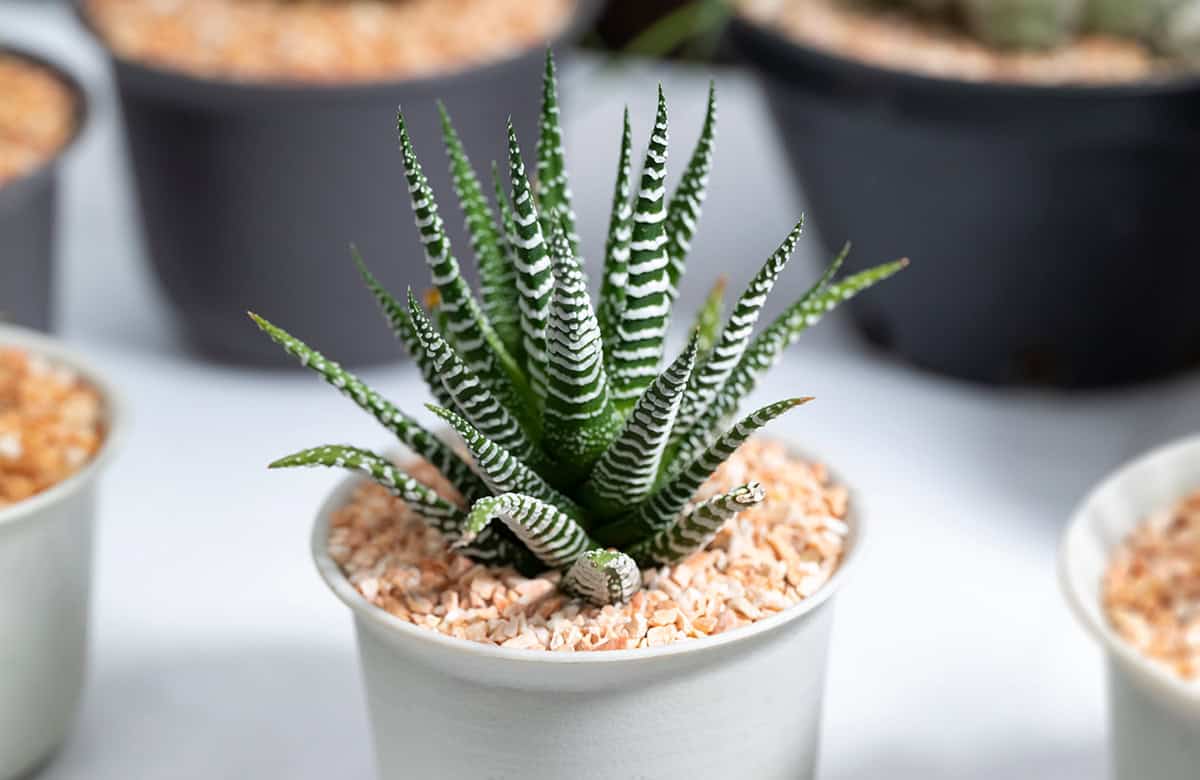
The Zebra Plant gains attention with its striking striped leaves. It prefers humidity and bright, indirect sunlight.
Living Stones
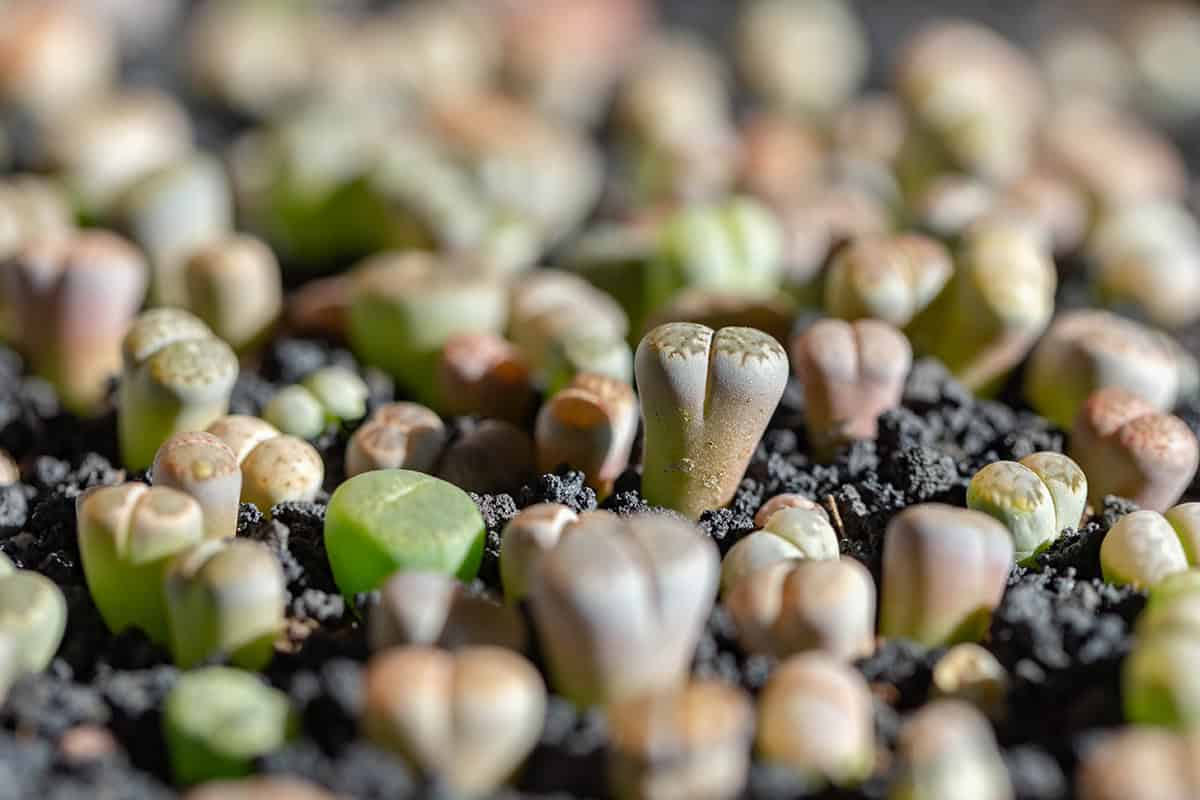
Living Stones are masters of camouflage. These succulents resemble pebbles and need minimal water.
Dolphin Succulent
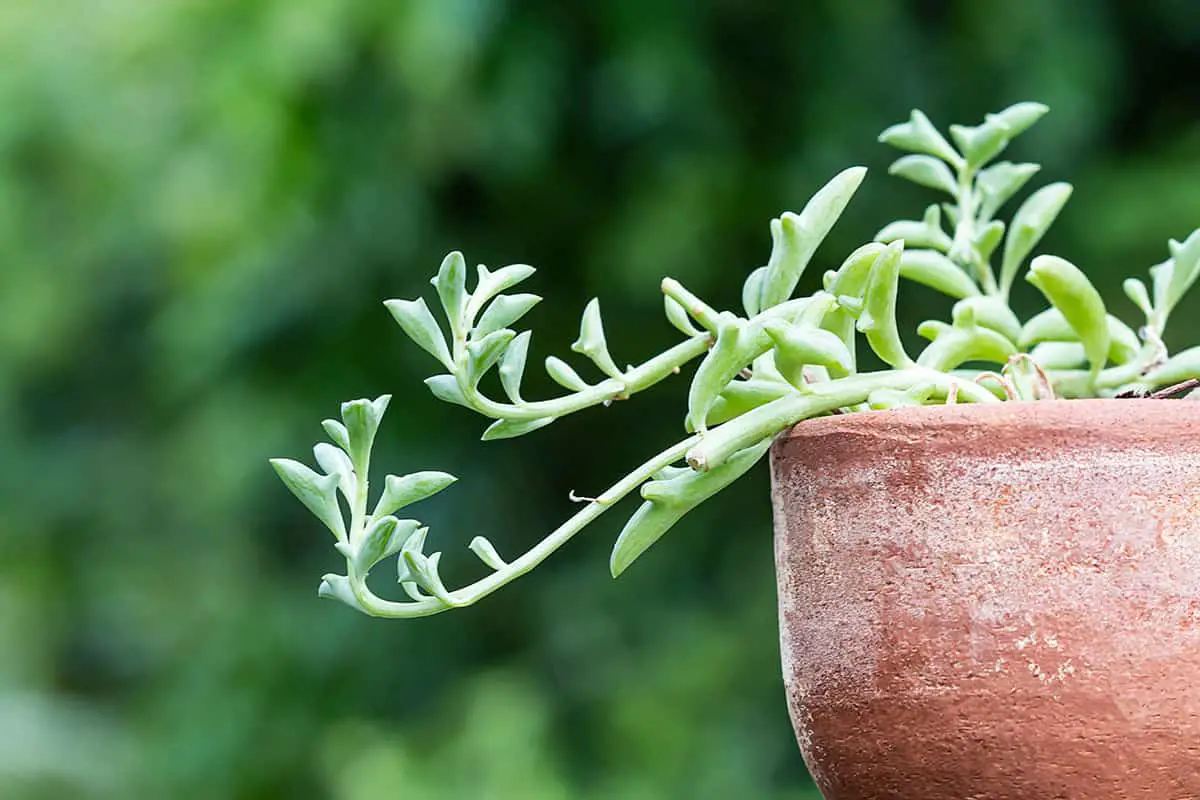
Delightfully named for their dolphin-shaped leaves, these succulents are a whimsical addition to any collection.
Bat Flower
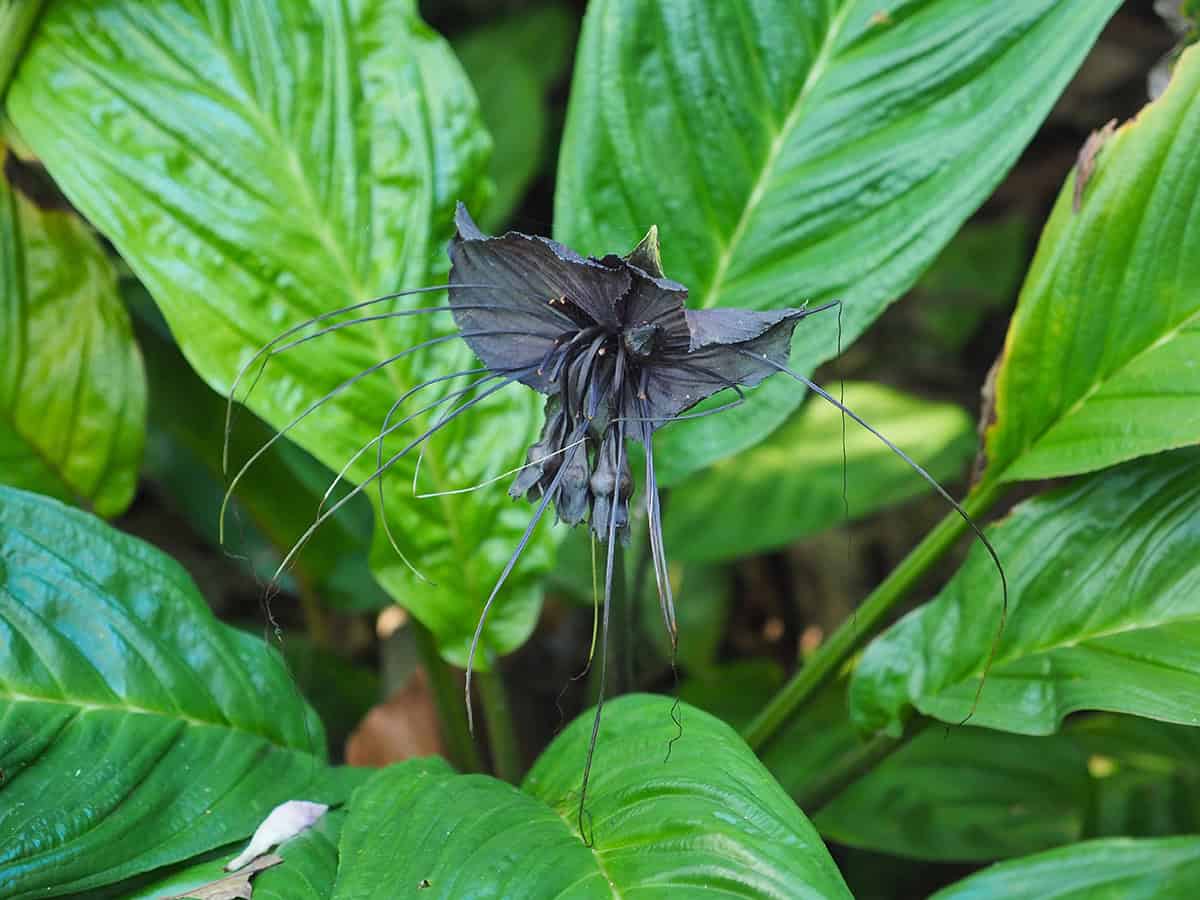
The Bat Flower is eerie yet captivating, with black flowers that resemble a bat in flight. It enjoys shade and high humidity.
Rattlesnake Plant
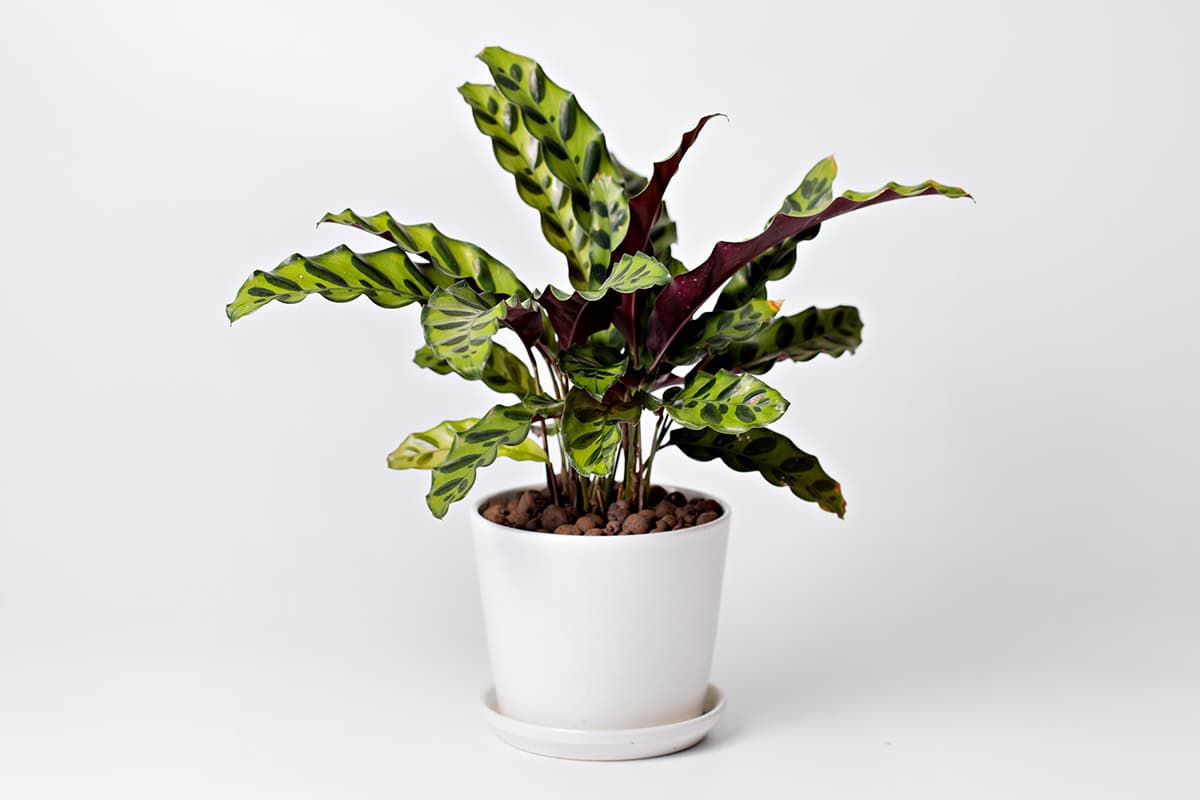
You’ll recognize the Rattlesnake Plant by its wavy patterned leaves. Keep it happy with moderate light and consistent moisture.
Corpse Flower
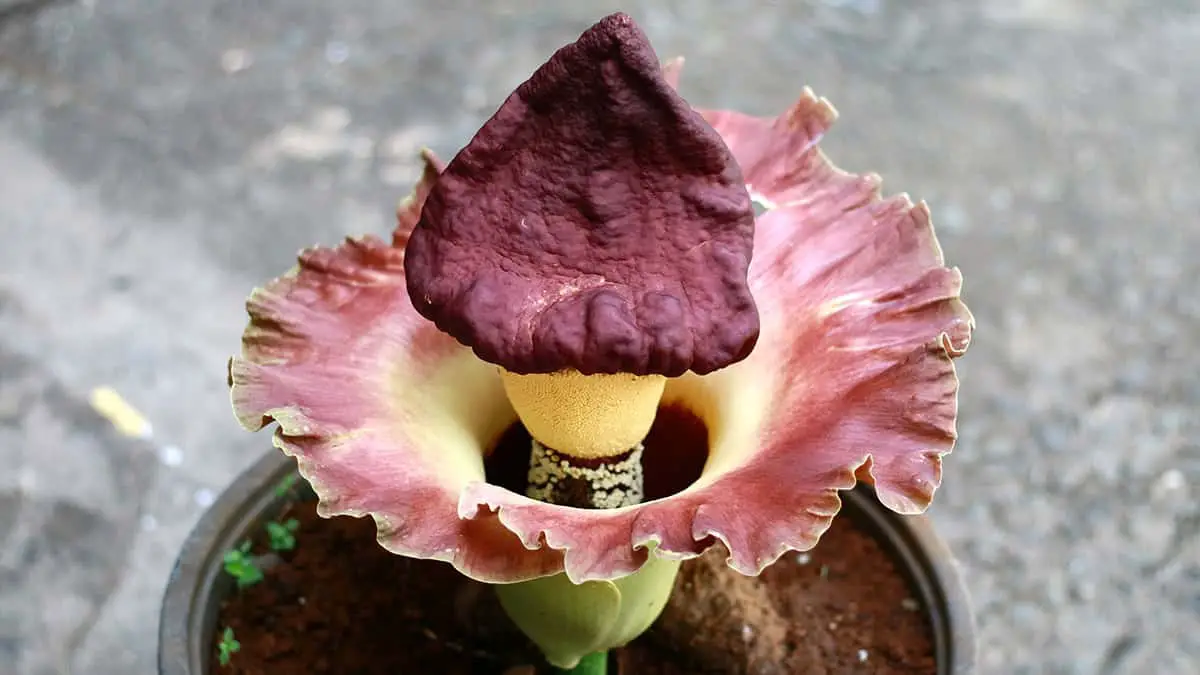
Notorious for its odor, the Corpse Flower is also a marvel due to its massive bloom. It’s a rare spectacle for any plant enthusiast.
Bunny Ear Cactus
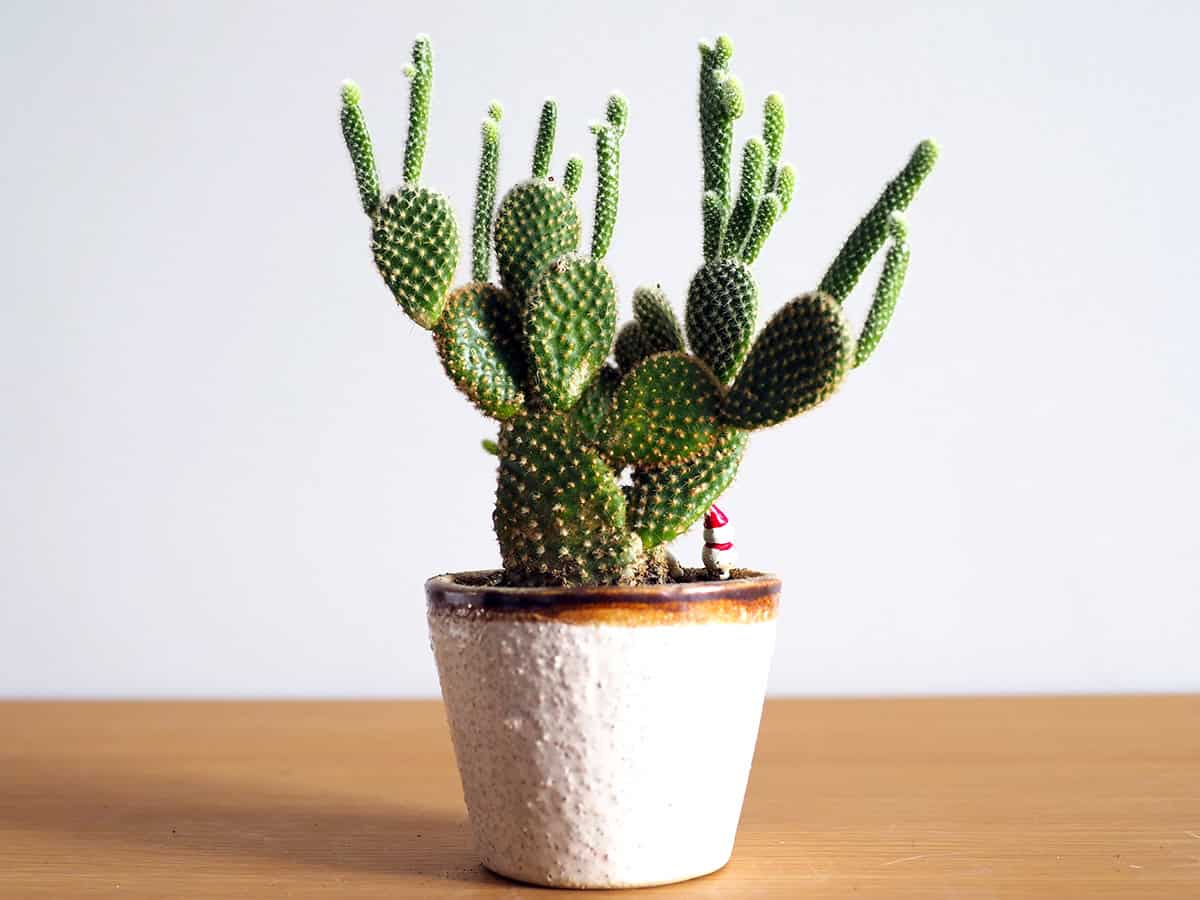
Bunny Ear Cactus stands out with its pad-like, bunny ear stems. Handle with care; it needs ample sunlight.
Hoya Kerrii
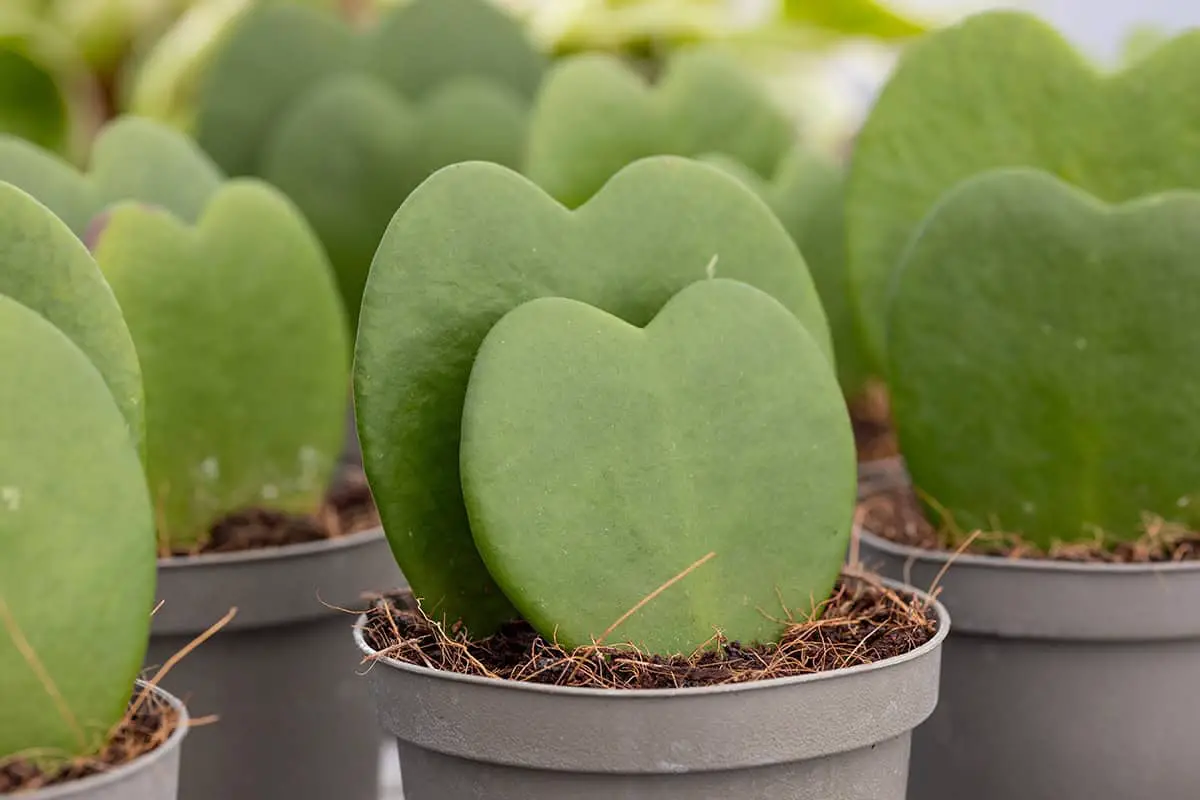
Known as the Sweetheart Plant, Hoya Kerrii charms with its heart-shaped leaves. Bright but indirect light suits it best.
Watermelon Peperomia
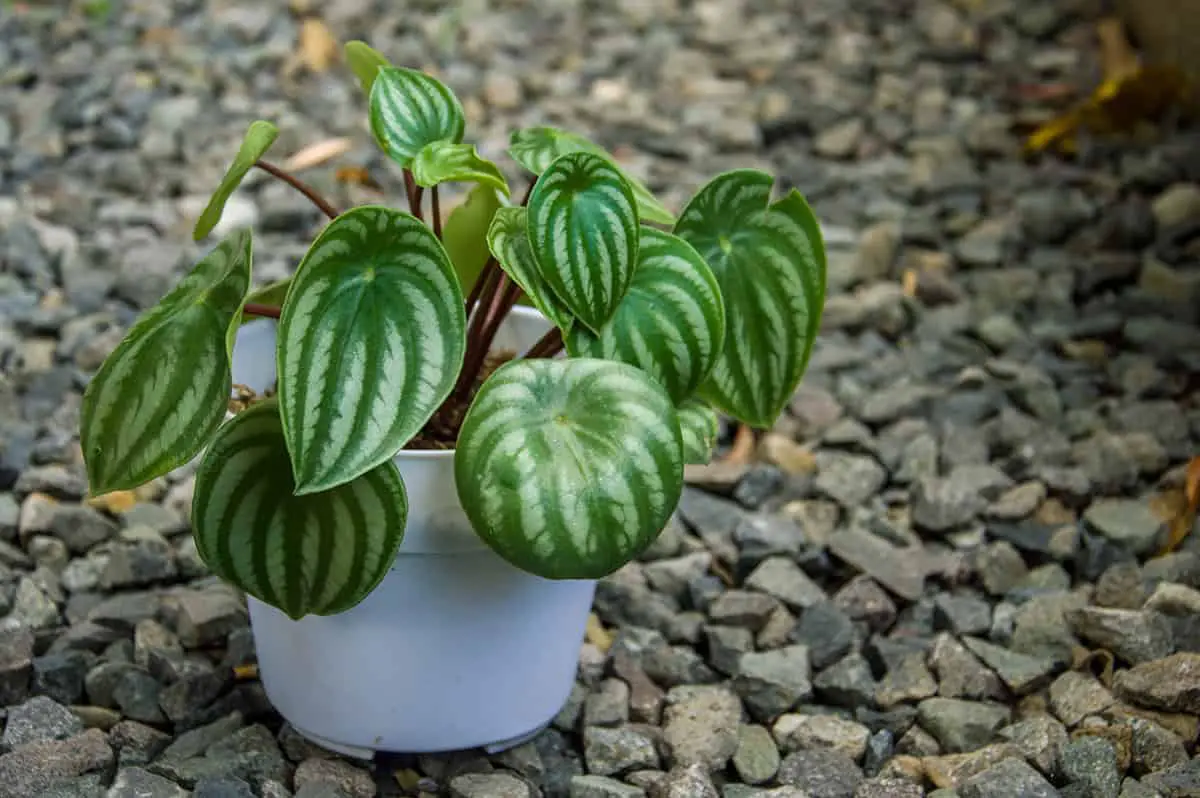
Resembling the skin of a watermelon, this Peperomia adds a refreshing pattern to your indoor garden. It prefers low light conditions.
Staghorn Fern
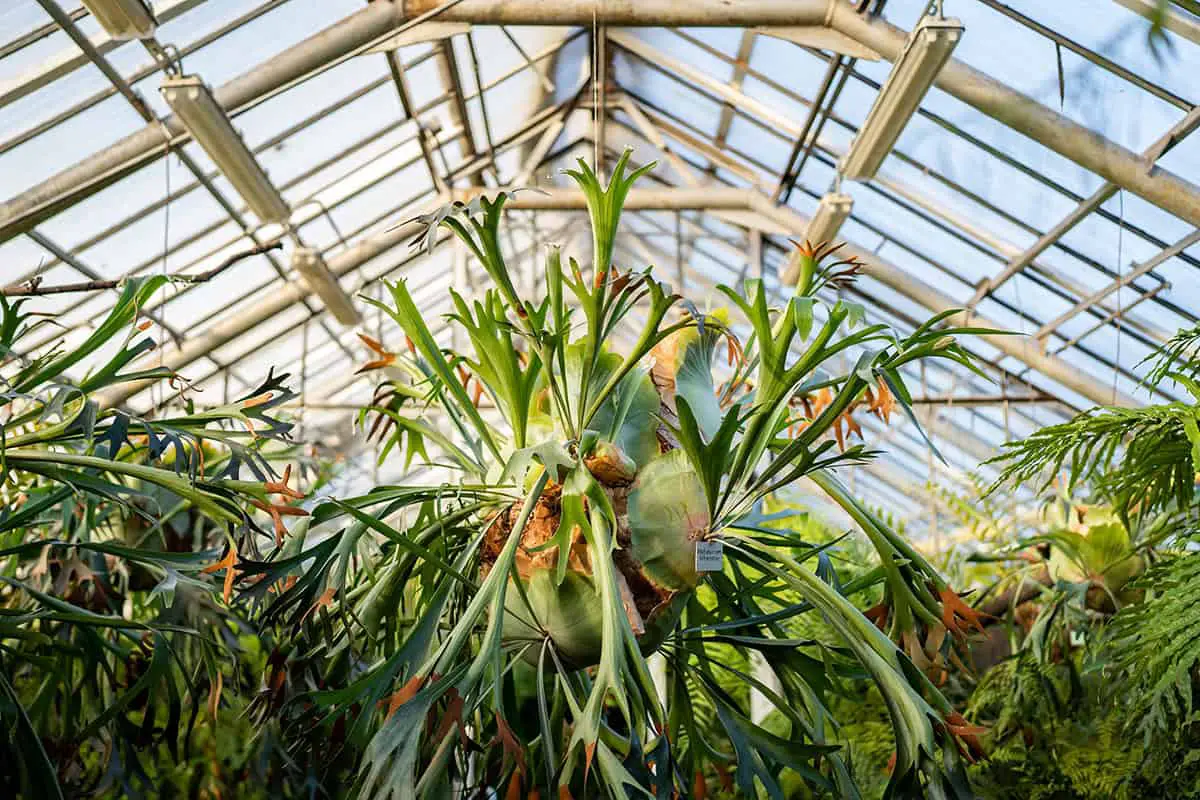
The Staghorn Fern’s antler-like fronds make it a unique epiphyte. It loves bright, indirect light and air circulation.
Polka Dot Plant
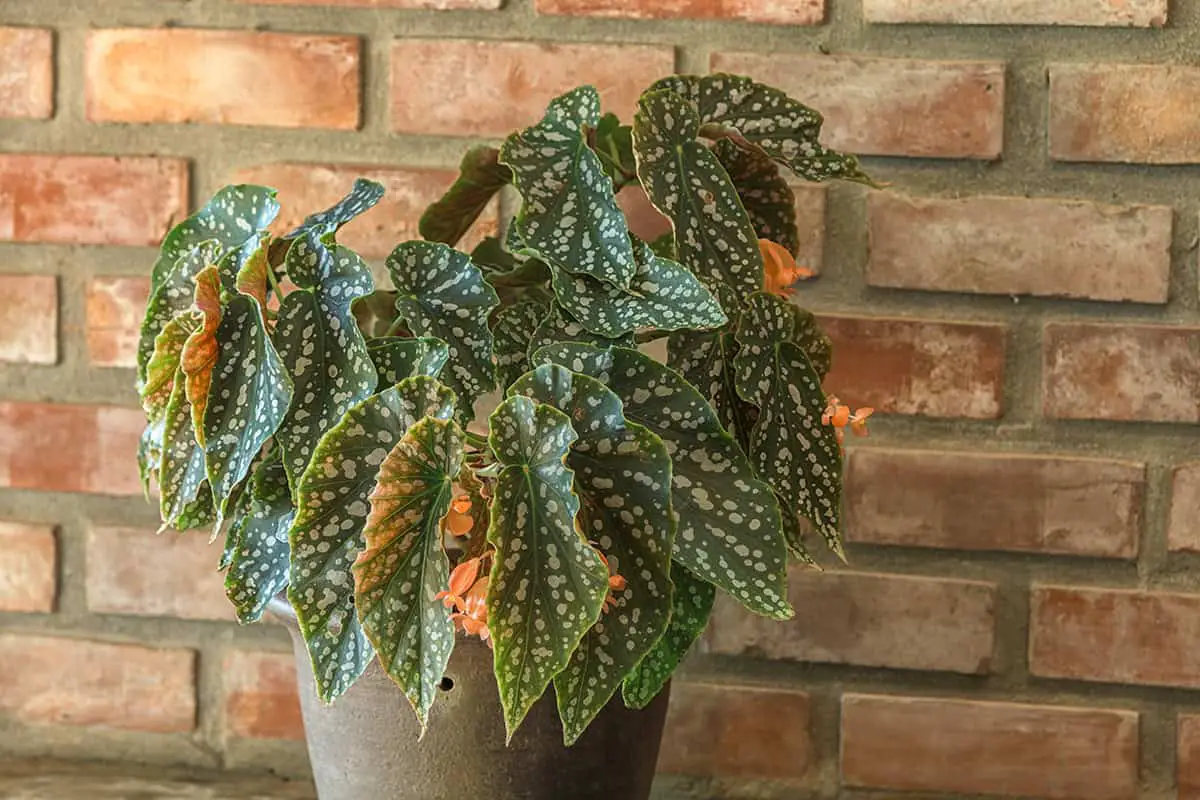
The Polka Dot Plant brings playful spotted foliage to your plant mix. It’s happiest in moderate to bright light.
Fishbone Cactus
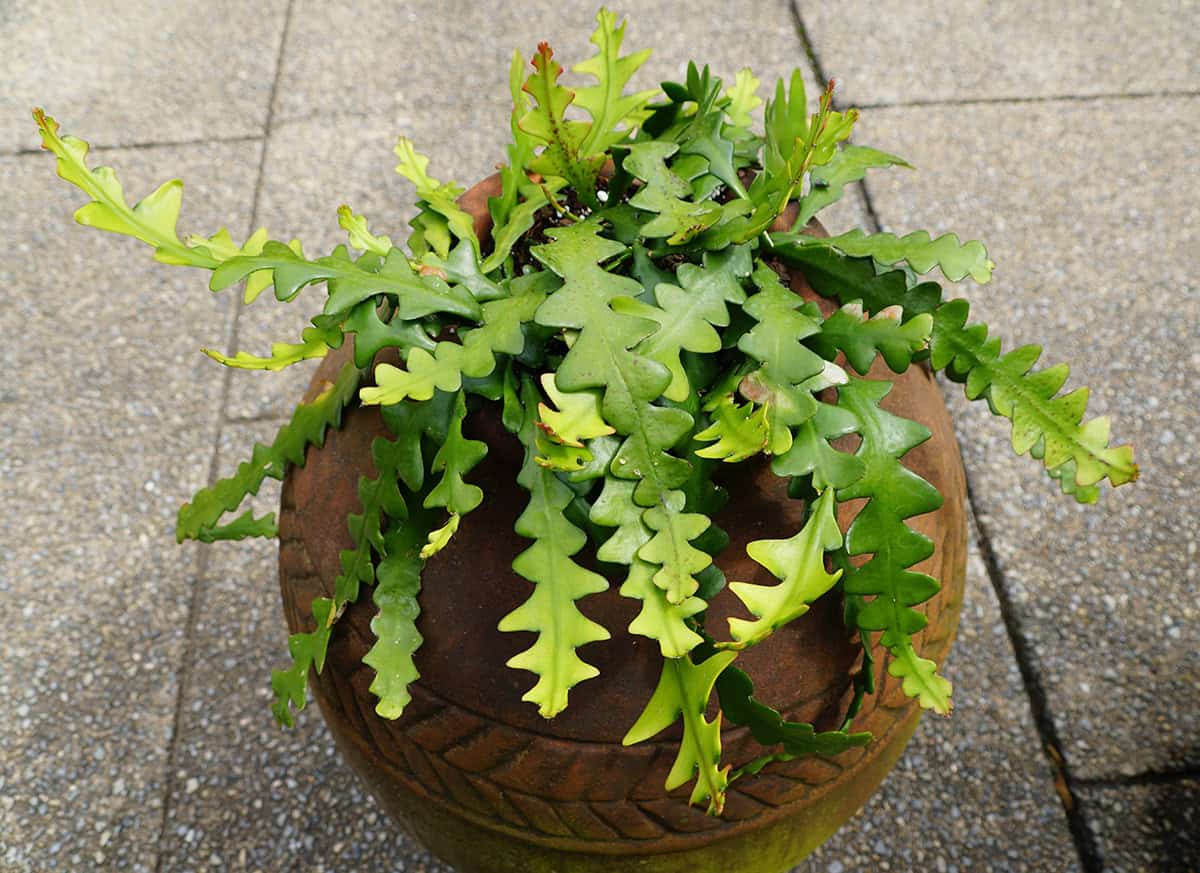
Fishbone Cactus boasts zigzag stems, adding an artistic twist. It likes the morning sun and well-draining soil.
Oxalis Triangularis
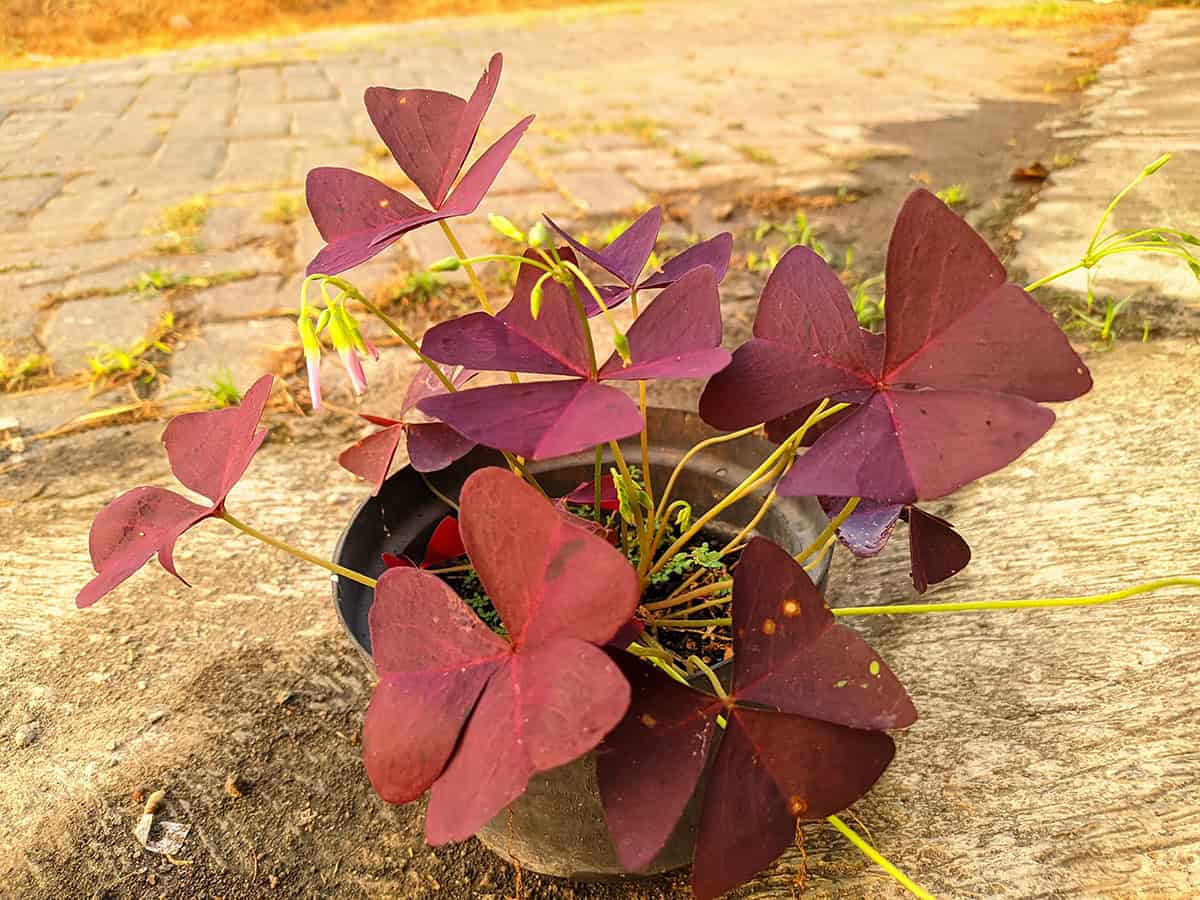
Oxalis Triangularis, with its purple, butterfly-like leaves, gives a delicate touch. Illuminate your room with this shade-loving plant.
Sensitive Plant
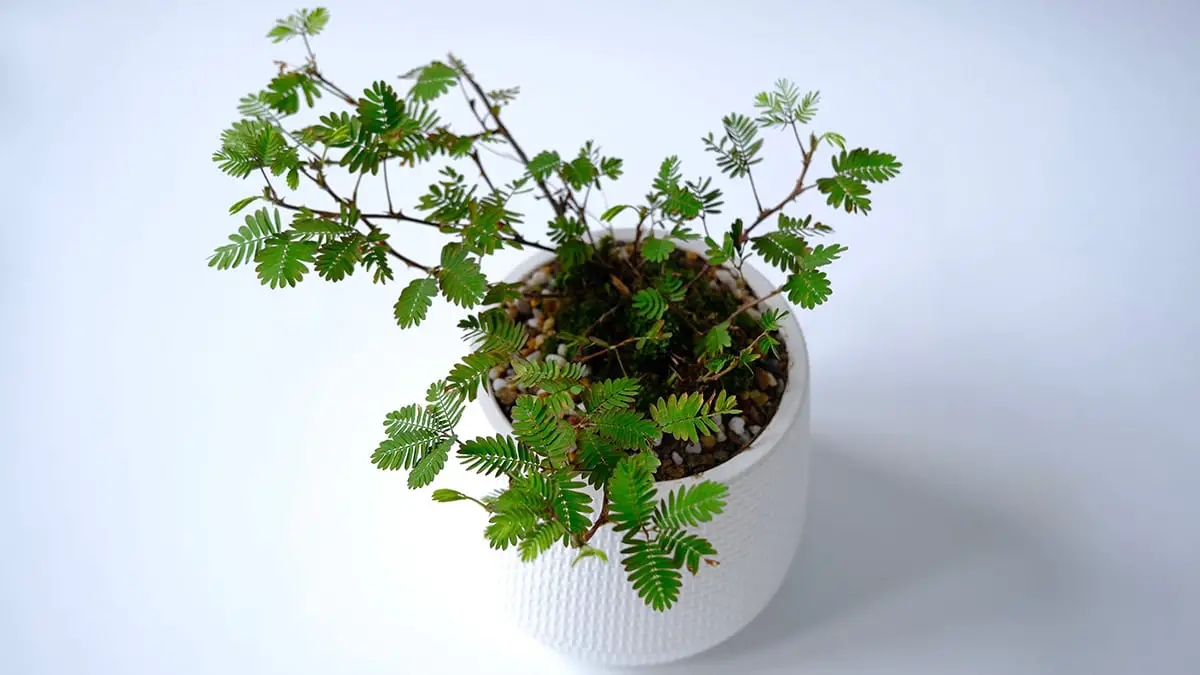
The Sensitive Plant responds to your touch by closing its leaves. It’s a conversation starter that thrives in direct sunlight.
Himalayan Blue Poppy
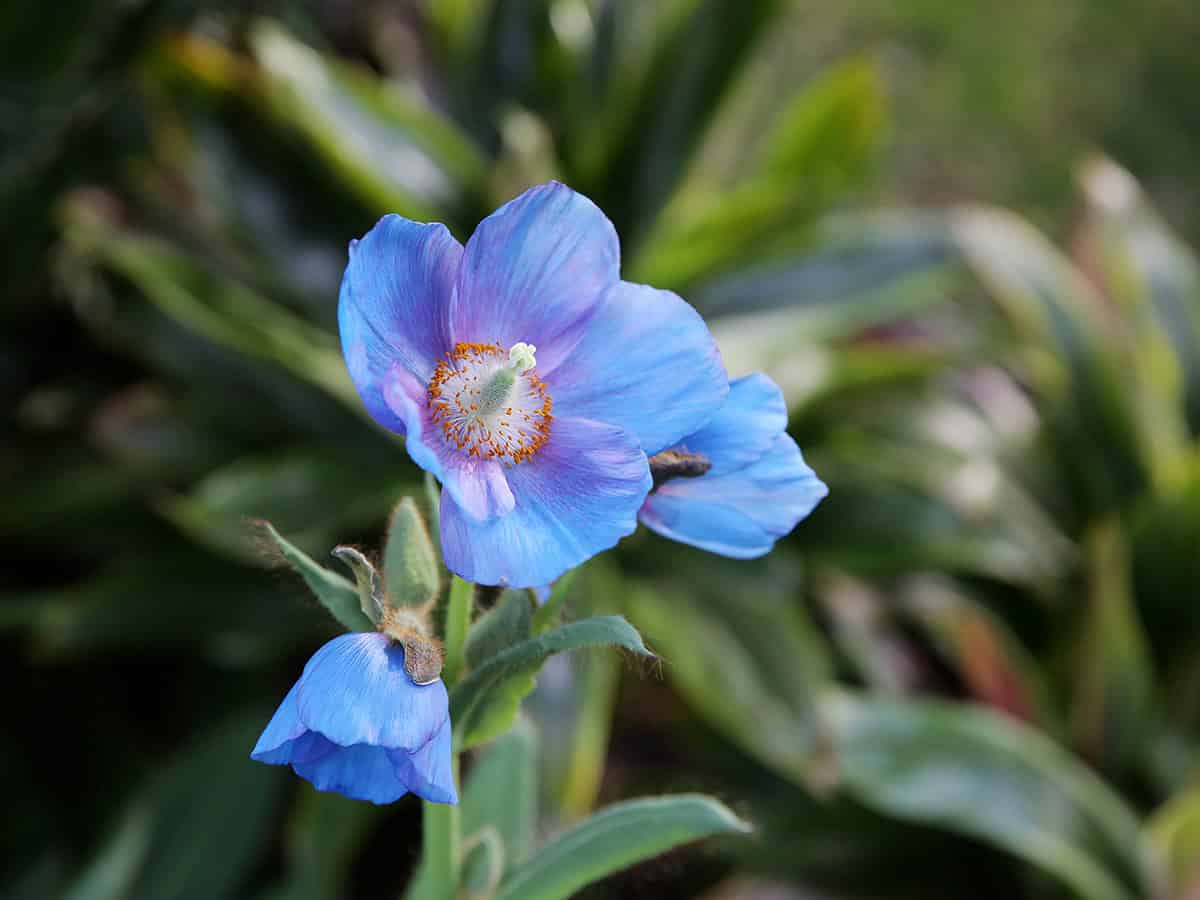
With its stunning blue petals, the Himalayan Blue Poppy is a cool mountain dweller that loves the shade and moist soil.
Pitcher Plant
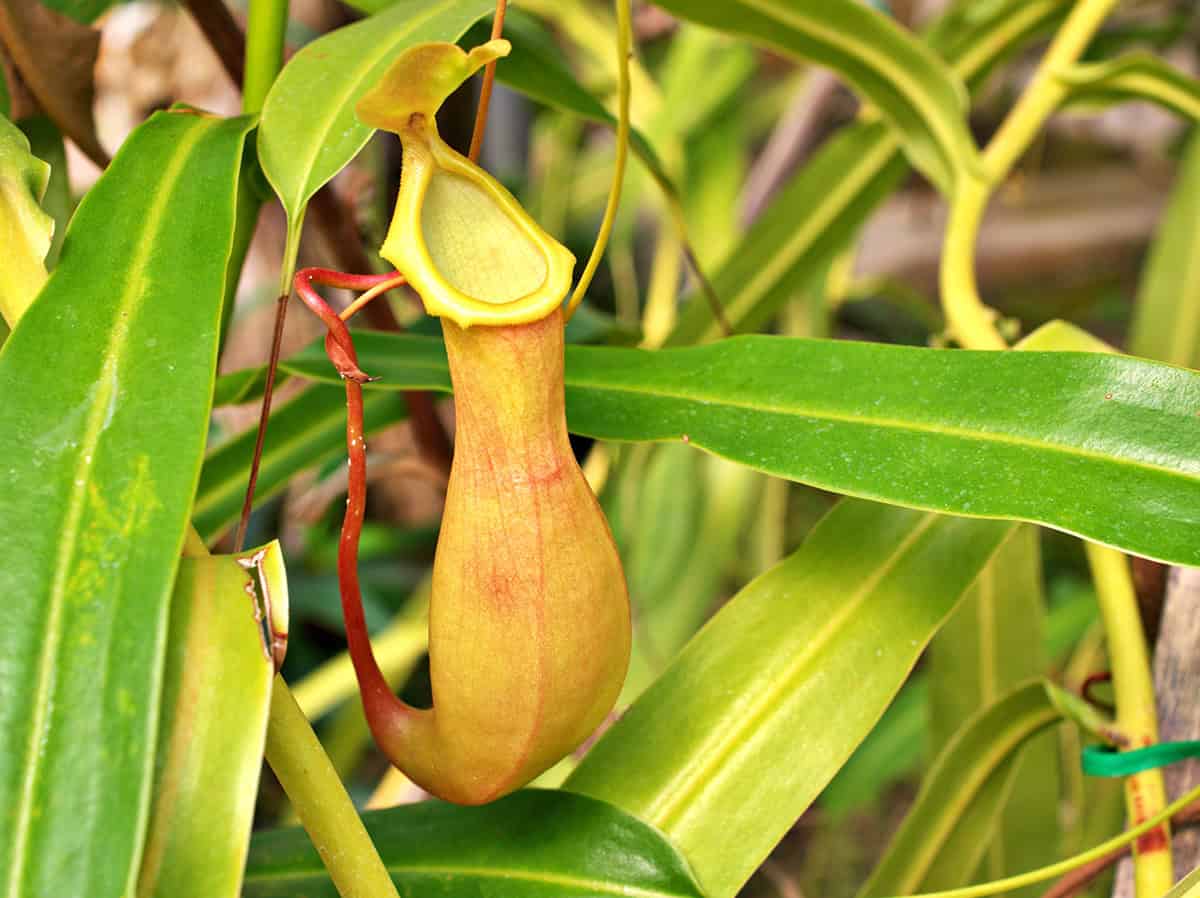
Carnivorous and exotic, the Pitcher Plant entices with its tubular traps. It’s a sun lover that needs regular watering.
Venus Flytrap
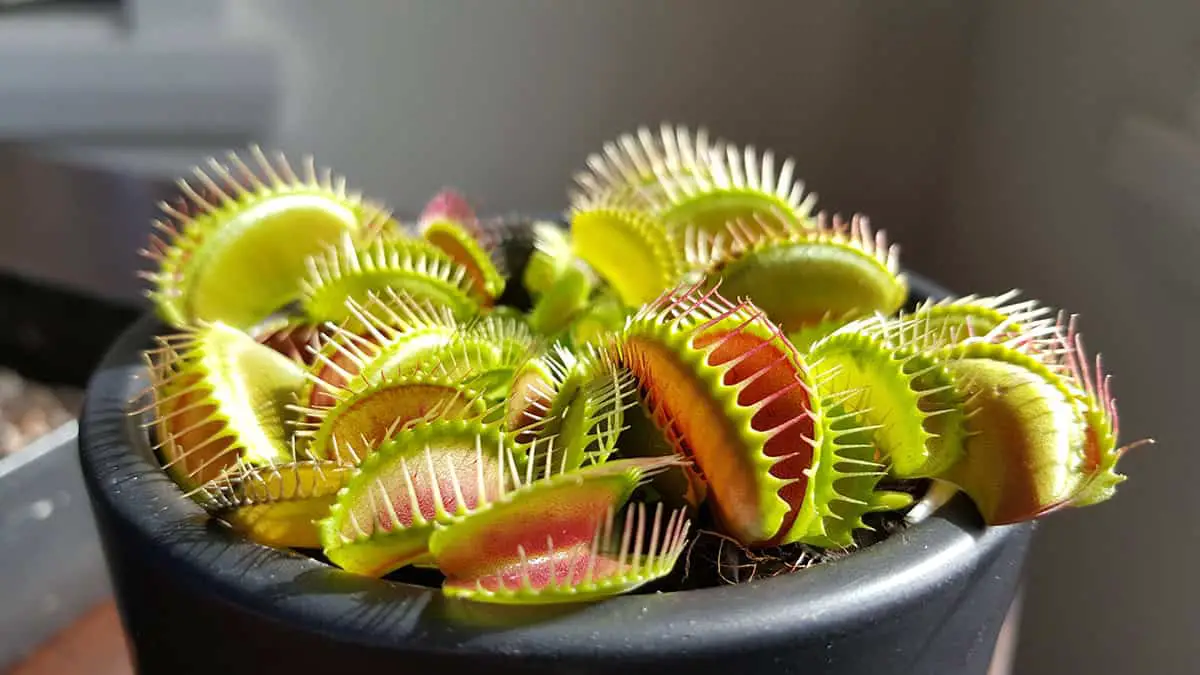
The Venus Flytrap, a well-known carnivore, fascinates with its jaw-like traps. It enjoys bright light and moist conditions.
Dragon Tree
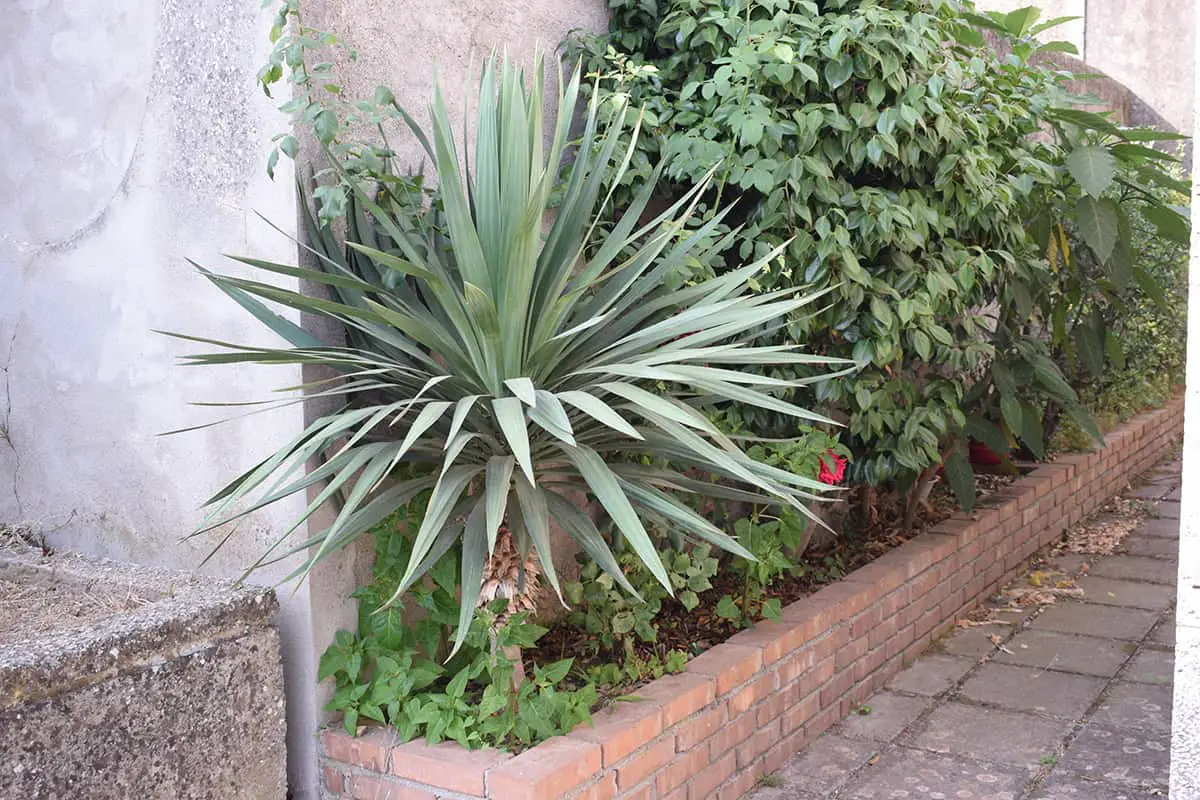
The Dragon Tree stands tall with sword-like leaves. It’s a resilient choice that can withstand variable light conditions.
Bird’s Nest Fern
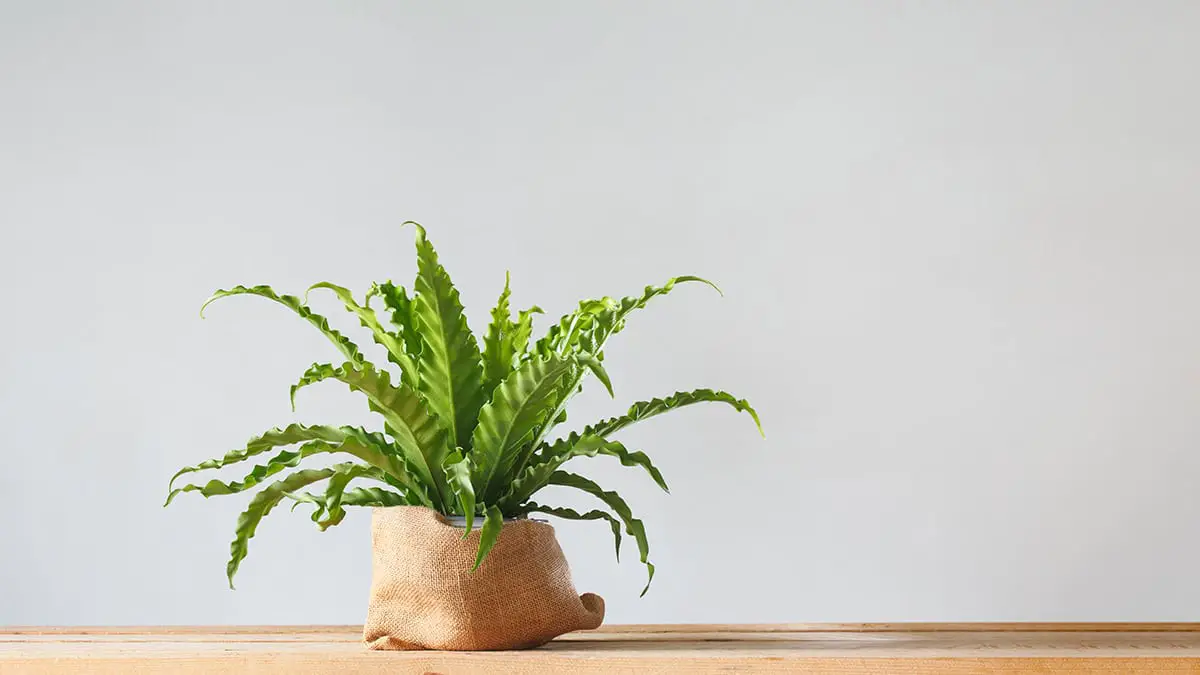
Characterized by ripple-edged fronds, the Bird’s Nest Fern is an epiphyte that flourishes in indirect light and high humidity.
Pencil Cactus
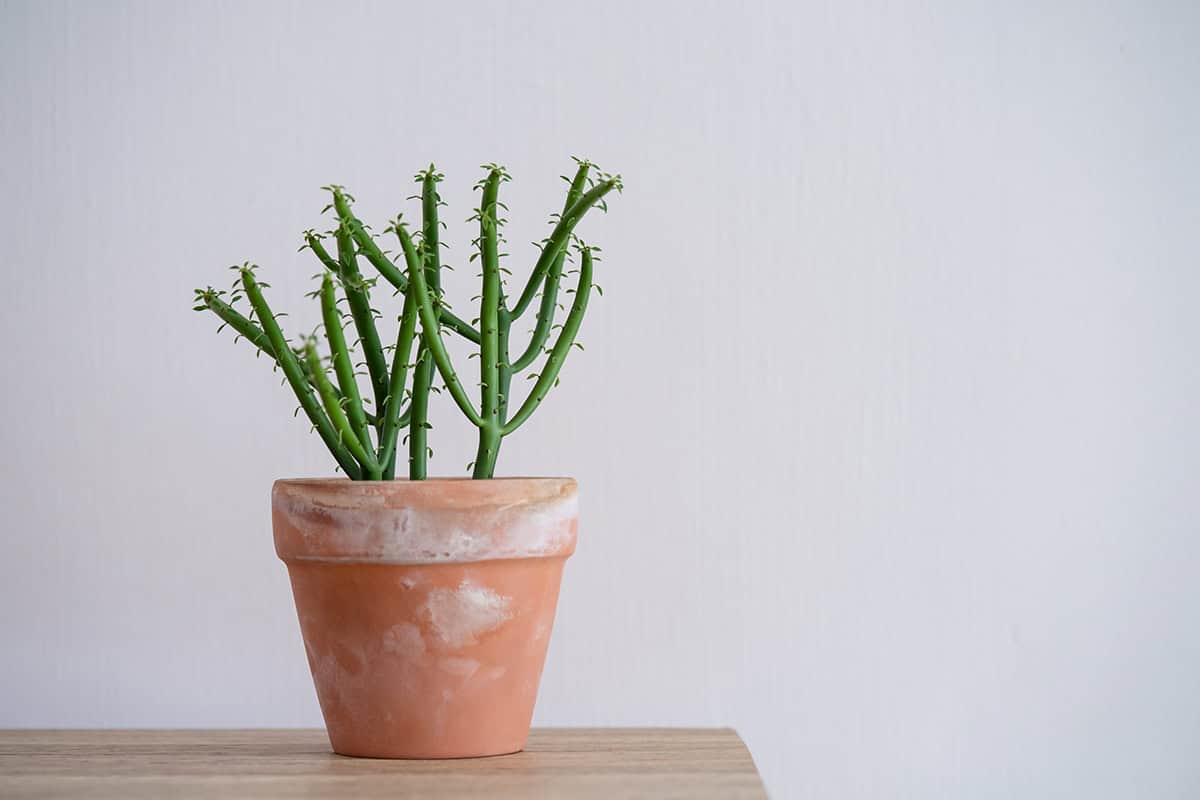
Tall and slender, the Pencil Cactus is actually a euphorbia. It radiates with sun exposure and requires little water.
Elephant Ear Plant
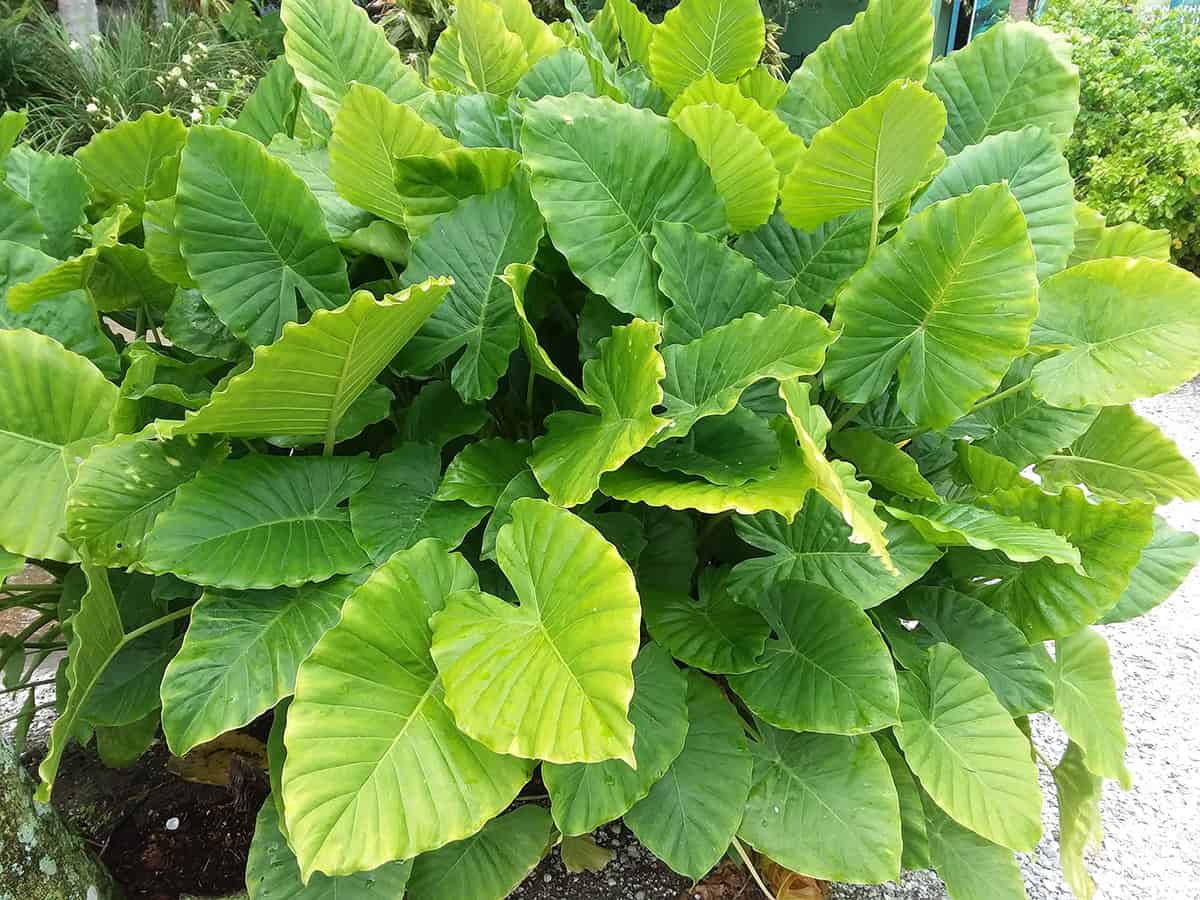
Elephant Ear Plant leaves are massive and ear-shaped. It grows well in bright, indirect light and requires ample watering.
Consider these unusual houseplants to enrich the diversity of your indoor garden. They’re not just plants; they’re conversation pieces that showcase the extraordinary variety nature offers.
